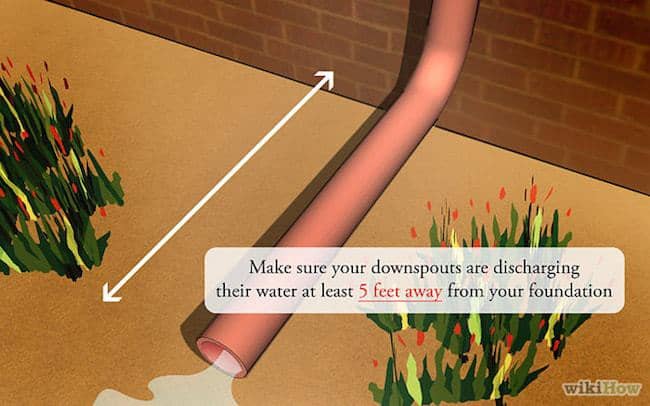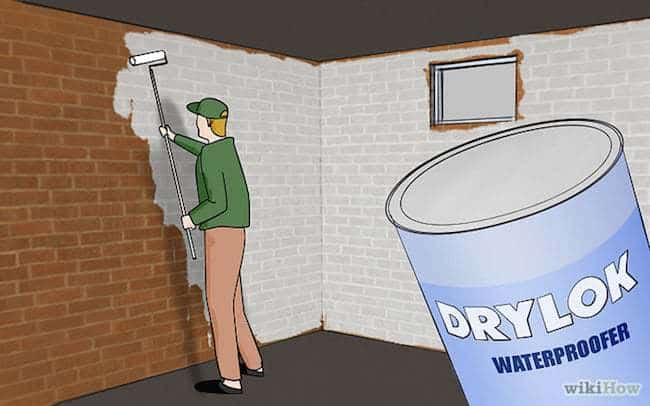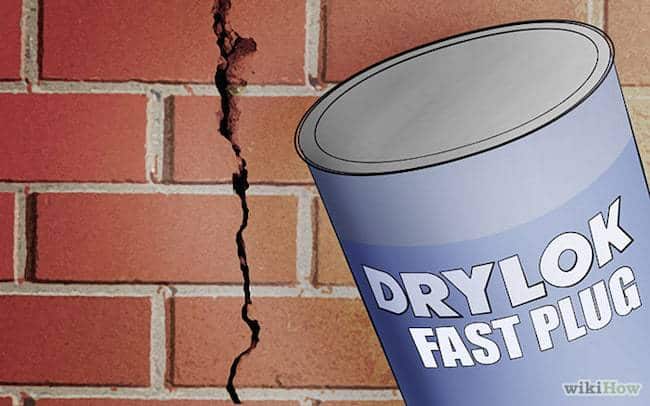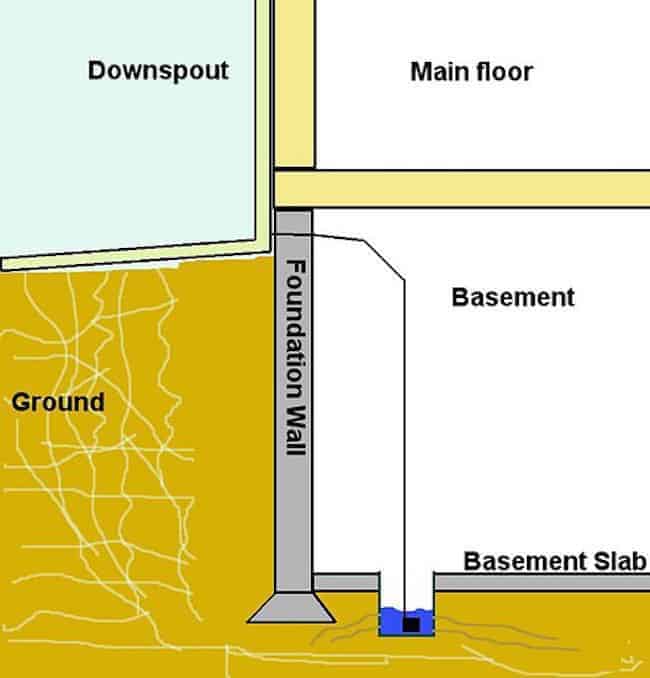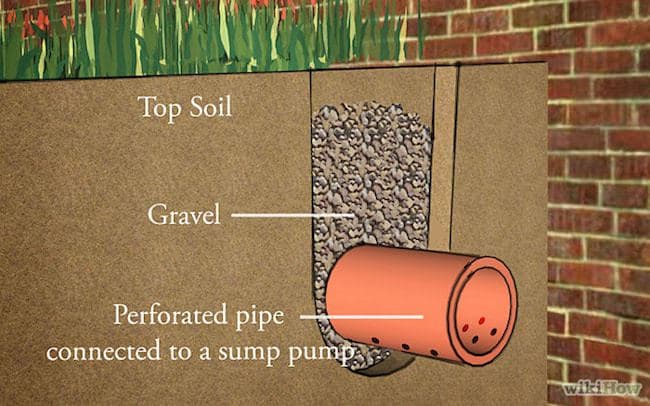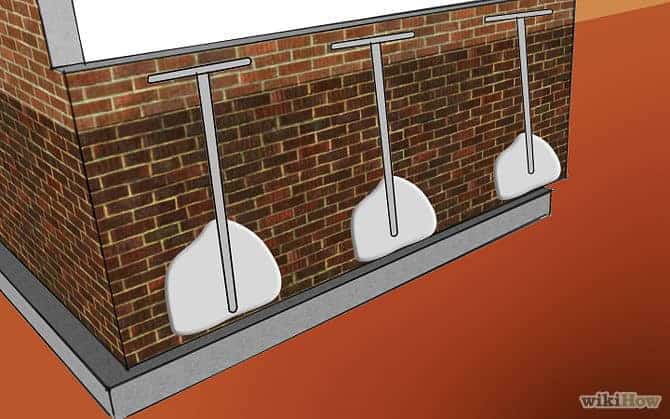Why Are Basements Flooding Now, Even if They Never Have Before?
Colorado Springs is usually a dry place, but with the increased rainfall the city has seen, basements flooding is becoming an increasingly serious problem. Contractors are inundated and box stores are low on stock--making it increasingly hard to buy a sump pump or hire someone to help when you really need them.
But why is your basement flooding now, especially if it never has before? StructuralRepairColorado.com says there are two important factors that contribute to basement leaking--the clay bowl effect and hydrostatic pressure. Both contribute to basement flooding.
The Clay Bowl Effect And Your Foundation
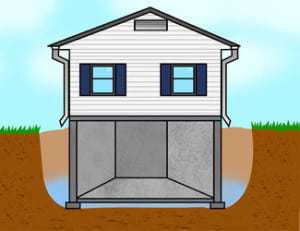 Imagine your home as it was being built. The contractors begin by digging a hole in the ground to make room for your basement and foundation. To do so, the contractor must dig a hole that is a little larger than the space your home will need. The foundation will be built inside this space, and the concrete floor will be poured.
Imagine your home as it was being built. The contractors begin by digging a hole in the ground to make room for your basement and foundation. To do so, the contractor must dig a hole that is a little larger than the space your home will need. The foundation will be built inside this space, and the concrete floor will be poured.
Once the foundation has been built, some of the excavated soil is used to fill in the gap around the outer edge of your foundation. This soil, known as backfill, will be loose and fluffed from the excavation. Meanwhile, the untouched soil around it, known as virgin soil, may have been settling for hundreds, even thousands of years.
What does this mean for you? The backfilled soil surrounding your foundation will always be looser and more absorbent of water than the dense, hard-packed soil around it.
This forms a sort of clay bowl around your house--one that creates an artificial water table around your home. Water collects the most right around your foundation--exactly where you don't want it to be.
Hydrostatic Pressure and Wet Foundation Soils
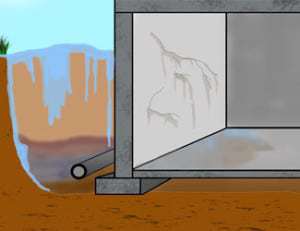 Water is heavy! As the soil around your home becomes soaked with moisture, the soil will expand, and the weight of the water will press on your foundation. This is known as hydrostatic pressure.
Water is heavy! As the soil around your home becomes soaked with moisture, the soil will expand, and the weight of the water will press on your foundation. This is known as hydrostatic pressure.
As hydrostatic pressure builds against your foundation, water will work its way into your basement or crawl space in any way possible. Water can make its way through concrete cracks in the walls or floors, through openings around pipes, through basement windows, or even directly through the porous concrete. If you have block walls, water may pass through the block and begin to fill the open cavities inside your walls.
However, the most common way that water enters a home is through the foundation wall-floor joint. We find that most flooded basements start with a leak here, where the floor and wall meet.
How You Can Waterproof Your Foundation
To stop basements flooding, the foundation needs to be waterproofed. You can get right out there and do some of these steps yourself, but some should be done with help, like sump pump installation. wikiHow has put together an illustrated guide to waterproofing your foundation.
Step 1 - Ensure that the ground next to your foundation slopes away from the foundation, not towards it.
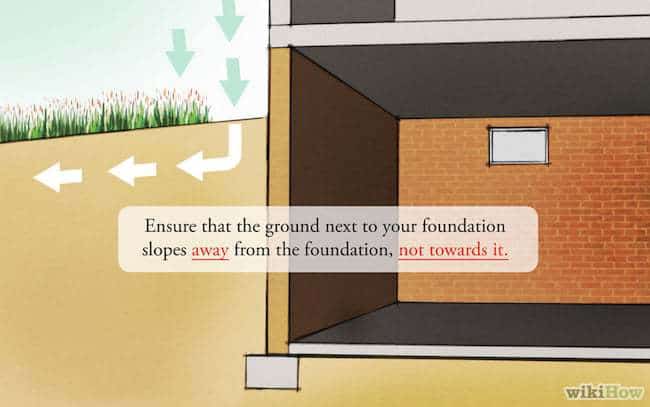
Step 2 - Make sure your gutters are clean, and make sure your downspouts are discharging their water at least 5 feet (1.5 m) away from your foundation.
Step 3 - Keep plantings at least 12" away from the foundation, and on a slight slope to direct water away from your foundation.
Step 4 - Waterproof your walls with a product such as Drylok or Xypex if you have minor, intermittent leaks.
Step 5 - Repair defects in poured concrete walls such as cracks and the places where pipes and form tie rods go all the way through the concrete.
Step 6 - Install a sump pump.
Step 7 - Try a French drain (or perimeter drain) for serious water issues.
Step 8 - Have an installer inject Hydroclay around of your foundation.
Remember, some or all of these steps may be needed to waterproof your foundation and stop your basement flooding. It may seem like a lot of work, but one it is done, you can depend on a dry, cozy place to spend evening with your family. It is worth it!
References:






